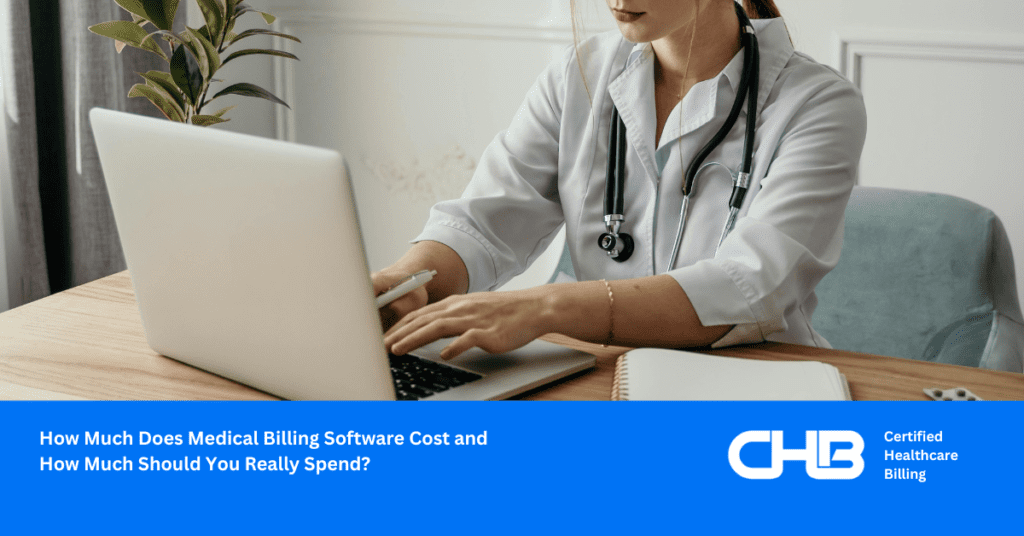
Table of Contents
Transitioning to a new medical billing service can be a significant move for any healthcare practice. Done right, it can lead to improved efficiency, faster claims submission, and increased revenue. Here’s a step-by-step guide to ensure a smooth transition.
1. Assess Your Current Billing Process
Before making any changes, evaluate your current billing system. Identify areas of inefficiency, such as delayed claims or frequent denials.
Understanding these pain points will help you select a new service that addresses your specific needs.
2. Research and Select the Right Medical Billing Service
Look for a medical billing service that aligns with your practice’s needs. Certified Healthcare Billing, for instance, offers HIPAA certification, rapid claims submission, and a proven track record of increasing revenue.
Ensure the service you choose has experience in your specialty and positive reviews from similar practices.
3. Plan the Transition
Create a detailed transition plan. Outline the tasks, timelines, and responsibilities. Include steps such as data migration, staff training, and system testing.
Having a clear plan minimizes disruptions to your practice.
4. Notify Staff and Patients
Inform your staff about the upcoming changes. Provide training sessions to ensure they are comfortable with the new system.
Additionally, communicate with patients about any changes they might experience, such as new billing statements or payment processes.
5. Transfer Data Securely
Data migration is a critical step. Ensure all patient records, billing information, and claims data are transferred securely.
Work closely with both your current and new billing services to verify the accuracy and completeness of the transferred data.
6. Conduct System Testing
Before going live, test the new billing system thoroughly.
Run parallel billing processes to identify any issues. This testing phase helps catch potential problems before they impact your revenue cycle.
7. Monitor and Adjust
Once the new service is operational, monitor its performance closely. Track key metrics like claim submission times, denial rates, and overall revenue.
Be ready to make adjustments as needed to optimize the process further.
8. Provide Continuous Training
Ongoing training for your staff ensures they stay proficient with the new system.
Regular updates and refresher courses can help address any issues and keep the billing process running smoothly.
9. Evaluate Regularly
Regularly evaluate the new billing service’s performance. Solicit feedback from your staff and patients to identify any areas for improvement.
Continuous evaluation helps maintain high efficiency and satisfaction.
10. Benefit from Improved Efficiency and Revenue
With the new billing service in place, you should see benefits such as faster claims submission, fewer denials, and increased revenue.
Enjoy the improved efficiency and focus more on patient care.
How Certified Healthcare Billing Can Help
Certified Healthcare Billing offers comprehensive services tailored to your practice’s needs.
Our HIPAA-certified team ensures fast and accurate claims submission, helping you increase revenue and reduce administrative burden.
Contact us today to learn how we can support your transition to a more efficient billing process.



